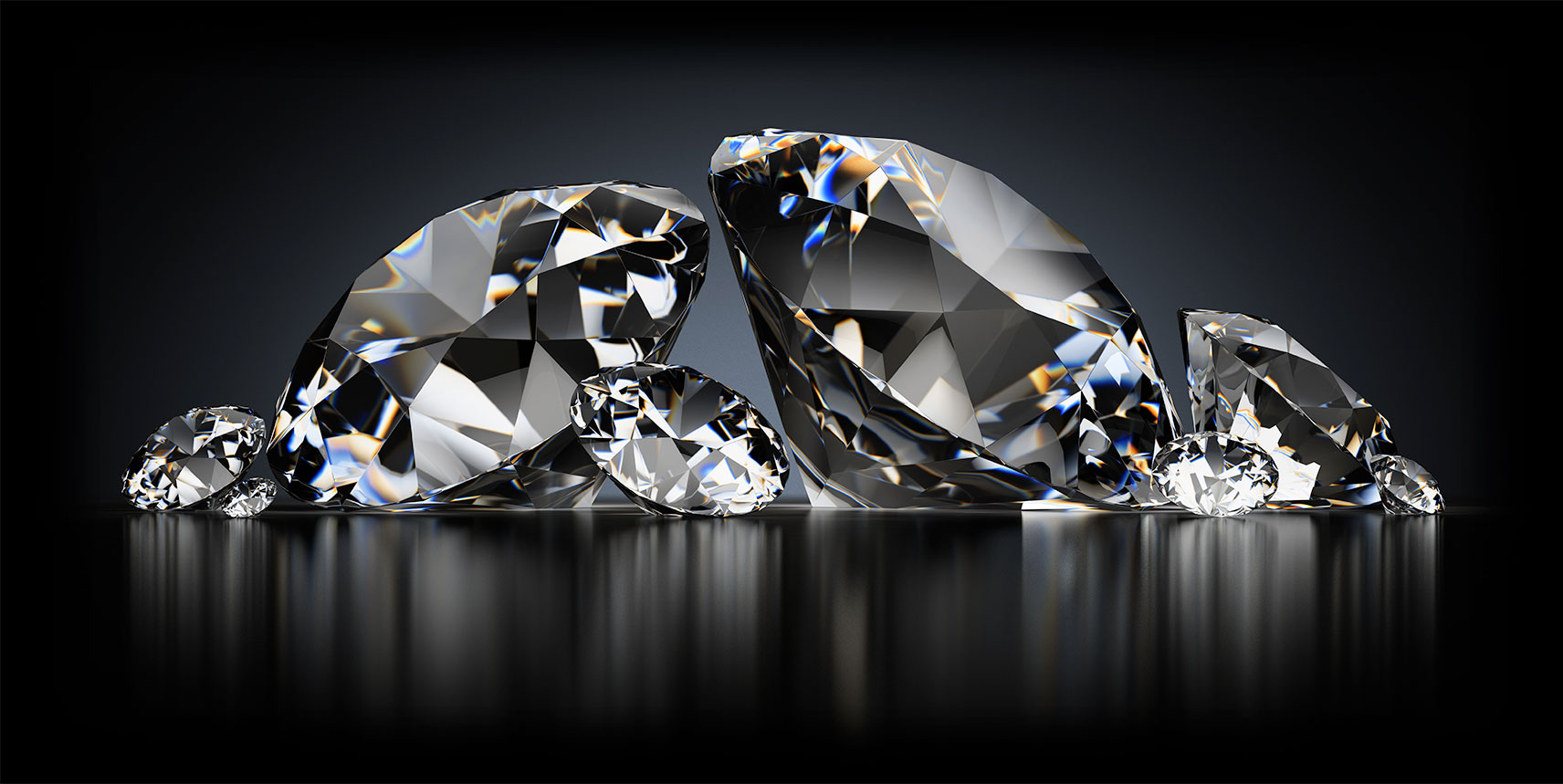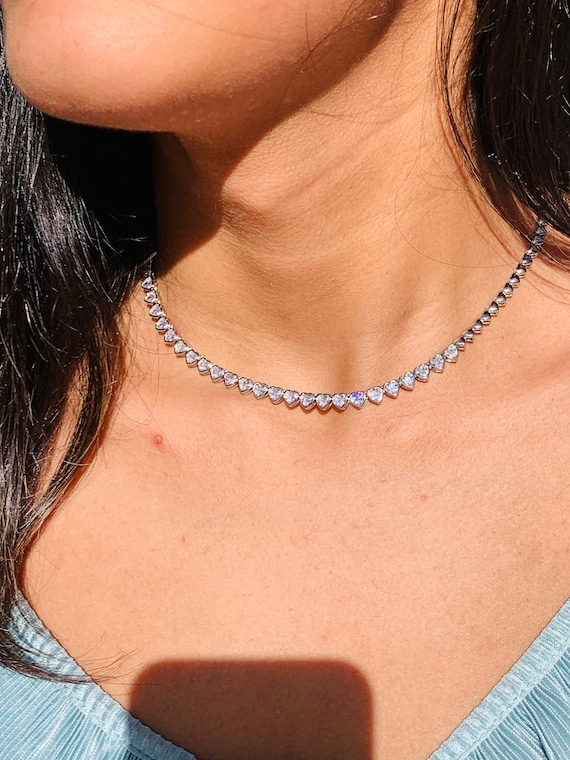Moissanite vs Diamond: A Comprehensive Comparison
Introduction
When it comes to choosing a gemstone, moissanite and diamonds are often pitted against each other. Whether you’re picking out an engagement ring or simply considering a new piece of jewelry, understanding the differences between these two dazzling options can help you make an informed choice. Let’s dive into what makes moissanite and diamonds unique, their history, properties, and other essential factors that might influence your decision.
What is Moissanite?
Moissanite is a gemstone that was first discovered in 1893 by French chemist Henri Moissan. It is composed of silicon carbide and was initially found in a meteor crater. moissanite vs diamond unique sparkle and durability have made it a popular alternative to diamonds, especially for those seeking something both beautiful and budget-friendly.
What is a Diamond?
Diamonds are well-known for their brilliance and have been prized for centuries. Composed of carbon atoms arranged in a crystal lattice, diamonds are renowned for their hardness, making them a symbol of enduring strength and timelessness. The allure of diamonds has solidified their status as the traditional choice for high-quality gemstones.
Historical Background
The Discovery of Moissanite
Henri Moissan’s discovery of moissanite came from a meteorite sample. Initially, it was mistaken for diamond due to its similar appearance. However, upon further analysis, Moissan realized it was a new mineral altogether. Moissanite’s use in jewelry is relatively recent, but its unique properties have quickly made it a popular choice.
The History of Diamonds
Diamonds have been cherished throughout history, from ancient India to the grandeur of European royalty. The tradition of diamonds as symbols of wealth and power is deeply rooted in their rarity and the complex process required to cut and polish them. Their story is one of centuries of cultural significance and economic impact.
Chemical Composition and Properties
Moissanite’s Composition
Moissanite is primarily made of silicon carbide. This composition contributes to its remarkable brilliance and hardness. While it may not be as hard as a diamond, moissanite still scores impressively on the Mohs scale, making it an excellent choice for jewelry.
Diamond’s Composition
Diamonds are pure carbon crystals arranged in a cubic lattice. This structure gives them their unparalleled hardness, scoring a perfect 10 on the Mohs scale. Diamonds are also known for their exceptional brilliance due to the way they refract light.
Comparison of Hardness
Mohs Scale of Hardness
The Mohs scale measures mineral hardness based on the ability of one material to scratch another. Diamonds are the hardest known natural material, rated a 10. Moissanite is slightly less hard but still very durable, rated around 9.25. This makes both stones highly resistant to scratching and ideal for daily wear.
Visual Appearance
Brilliance and Fire
Moissanite and diamonds both exhibit remarkable brilliance. Moissanite has a higher refractive index than diamonds, which means it can display more fire and sparkle. This makes moissanite an attractive option for those who love a lot of sparkle. Diamonds have their own unique brilliance, but their fire is generally less intense compared to moissanite.
Color and Clarity
Color Grading
Diamonds are graded for color on a scale from D (colorless) to Z (light yellow or brown). The closer to D, the more valuable the diamond. Moissanite also comes in various colors, but most of the moissanites used in jewelry are near-colorless or colorless, similar to high-grade diamonds.
Clarity Grading
Diamonds are also graded for clarity, which assesses the presence of internal or external flaws. Moissanite typically has fewer visible inclusions, but high-quality diamonds are virtually flawless to the naked eye. Both stones can be found in a range of clarity levels, but diamonds generally have more rigorous grading standards.
Cost and Value
Price Comparison
One of the biggest advantages of moissanite is its cost. Moissanite is significantly cheaper than diamonds, often costing a fraction of the price for a comparable size and quality. This affordability allows buyers to opt for larger stones or more intricate designs without breaking the bank.
Long-Term Value
While moissanite offers great value for money, diamonds traditionally hold more value over time. Diamonds are often seen as investment pieces, with their value increasing due to their rarity and demand. Moissanite, while beautiful and durable, doesn’t have the same long-term investment value as diamonds.
Durability and Maintenance
Durability of Moissanite
Moissanite is incredibly durable and suitable for everyday wear. Its hardness of 9.25 on the Mohs scale makes it resistant to scratches and damage. Regular cleaning with mild soap and water is usually sufficient to keep moissanite looking its best.
Durability of Diamonds
Diamonds, being the hardest natural substance, are highly durable. They are resistant to scratching and can withstand the rigors of daily wear. However, they are not impervious to damage; they can chip or crack if struck with enough force. Proper care and regular maintenance help preserve their appearance.
Care and Maintenance Tips
Both moissanite and diamonds benefit from regular cleaning to maintain their brilliance. For moissanite, a simple solution of mild soap and warm water with a soft brush can keep the stone sparkling. Diamonds may require professional cleaning to remove buildup and ensure they remain in top condition.
Environmental and Ethical Considerations
Sustainability of Moissanite
Moissanite is a man-made gemstone, which means its environmental impact is generally lower than that of mined diamonds. The production of moissanite is more sustainable, and it often involves fewer ethical concerns compared to diamond mining.
Ethical Issues with Diamonds
Diamond mining has been associated with various ethical issues, including environmental degradation and conflict diamonds. The diamond industry has made strides in improving ethical practices, but concerns remain. For those prioritizing ethical considerations, moissanite offers a compelling alternative.
Which is the Better Choice?
Factors to Consider
Choosing between moissanite and diamonds depends on several factors, including budget, personal preference, and ethical considerations. Moissanite offers a cost-effective and environmentally friendly option with impressive sparkle. Diamonds, however, are traditional symbols of luxury and value.
Personal Preferences
Ultimately, personal preference plays a significant role. Some people prefer the unique sparkle of moissanite, while others are drawn to the classic allure of lab diamonds. Consider what matters most to you in a gemstone—whether it’s the price, the environmental impact, or the traditional value.
Conclusion
Choosing between moissanite and diamonds can be a delightful yet challenging decision. Both offer distinct advantages and cater to different preferences and budgets. Moissanite shines with its affordability and stunning brilliance, while diamonds boast a timeless appeal and traditional value. By weighing the factors that matter most to you, whether they’re cost, ethical concerns, or simply your personal taste, you can find the perfect gemstone to light up your life.






